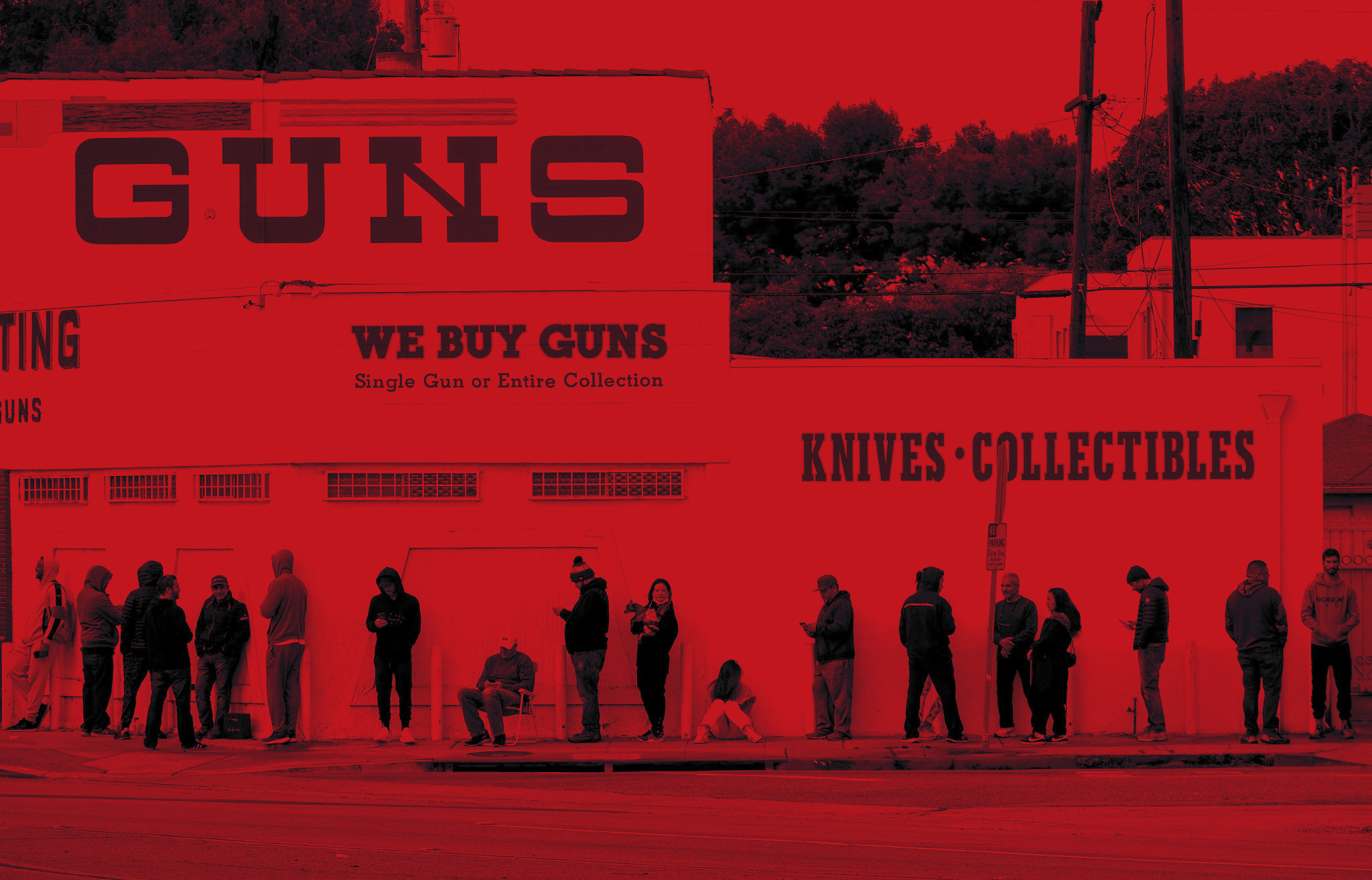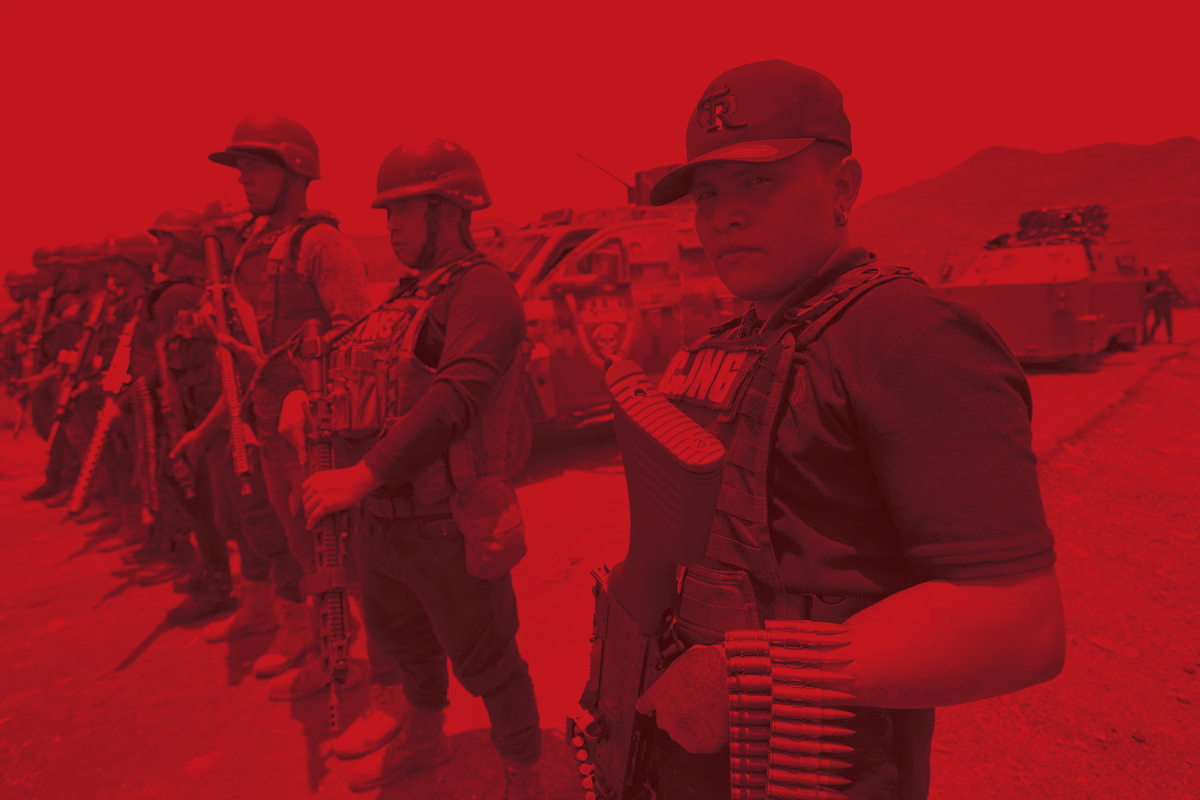Before the War on Drugs hit Mexico, the homicide rate was about 10 homicides per 100,000 people. The US expanded its military approach to the US drug crisis into Mexico by negotiating an agreement in 2006 with then president Calderón. The result? During his six-year term, the homicide rate shot up by almost 193% and in 2018 hit its peak (almost 30 deaths per 100,000) under president Peña-Nieto. (The latest data: the homicide rate has declined 20% since AMLO took office, but is still almost double pre-2006 levels.)
The reason for this catastrophic intervention was to reduce US drug deaths. But between 2002 and 2022 the overdose death rate quadrupled; in 2022, about 33 people per 100,00 died — a death rate higher than the Mexican homicide rate at its peak!
For 50 years, the US framed the drug crisis as a national security issue rather than as a public health issue, thus the rationale for a military strategy. It’s been like using a hammer to mend a sock; a wrong analysis of the problem leads to the wrong tool to solve it.
As Patricia Escamilla-Hamm explains, the laws of supply and demand apply to drugs and guns like any other commodities. The War on Drugs failed to address demand. As of 2020 only 6.5% of those with Substance Abuse Disorder received treatment, but it is only public health interventions that can drive down the demand. If demand is reduced, supply will follow.
US politicians like Trump and Texas Governor Abbott love to point the finger at Mexico for drug trafficking and failing to curb the cartels’ violence. But the twin problems of guns and drugs are made in the USA: the numbers tell the story.
Patricia Escamilla-Hamm’s expertise in national security grew out of her interest in US imperialism. After teaching courses on drug policy, organized crime, and national security, she joined a binational academic team to research US-Mexico border security at El Colegio de la Frontera Norte (COLEF) in Tijuana, Mexico. As a professor of national security affairs at the William J Perry Center for Hemispheric Defense Studies in Washington DC, her signature course was on combating transnational organized crime. She’s been a consultant for both the Mexican and US governments.
In the US, preventing drugs from entering the US via Mexico is a major presidential campaign issue, framed as a national security concern. Is this the right framework?
No, not if the objective is to reduce the voracious appetite for drugs in the US. Americans are the largest consumers of illicit drugs and the most lucrative market for them worldwide. In 2016, Americans spent $150 billion yearly on illicit drugs, a powerful magnet that attracts drug dealers from everywhere. We can’t pretend the black market drug supply can be stopped without addressing domestic drug demand.

The US adopted a “security” framework in 1971. Nixon made a choice: science and health experts warned him that using police and military means to stop drug use wouldn’t work, but his political advisors said it would boost his popularity. He based his decision on politics, and the policy remained until 2021 — 50 years.
The “drug war” was fought within the US at first; it expanded to include Mexico in 2007. In 2006 the US and Mexico jointly agreed to the Merida Initiative, intending to take out drug cartel kingpins through military means. It became a game of whack-a-mole! If you take out one kingpin, another guy — or several others — pops up to take his place. Thus, more violence, more recruitment, more killings between rival factions.
The Merida Initiative was a failure. Drug use and trafficking haven’t diminished, drug deaths have increased, and the cartels still have power. What’s that definition of insanity? Doing the same thing over and over and expecting different results? So, this is insanity!
The drug trade is a matter of supply and demand, but US policy focuses only on the supply side. It’s ideological too: some politicians simply believe that using force is always best. As yet, the US Congress won’t shift gears.
After Mexico signed on to the US “War on Drugs,” what was the result in Mexico?
Cartel operations multiplied and enhanced their operational capabilities. The military used guns against the cartels, so cartel demand for guns went up to defend themselves. It’s forbidden to buy guns made or sold in Mexico but easy to buy them across the border: 200,000 guns enter Mexico from the US every year. According to the US General Accounting Office, about 70% of confiscated arms have been bought from US gun shops or gun shows along the border, especially in Texas. The US is arming the enemy!
The US shut down the sale of rocket-propelled weapons, but 50-caliber machine guns capable of penetrating bullet proof vests and armored vehicles, admiringly named “cop killers,” are now a cartel favorite. When there’s demand, suppliers find a way.

Also, the Merida Initiative ignited a brutal competition between cartels, generating a surge in deadly violence in Mexico: since 2007, half a million Mexicans have died from organized crime.
The “war” opened the door to more corruption at every level and in both countries — from customs officials to police and military personnel to the DEA — to García Luna. He was Secretary of Public Security when the Merida Initiative was signed and implemented between 2006 and 2012, and a key US partner. In 2023, the US convicted him of colluding with the Sinaloa cartel.
The question is: did Luna “reform” the federal police structure to benefit drug trafficking? When AMLO took office, he found a corrupt and repressive federal police force, infiltrated by officials and narcos supporting the Sinaloa Cartel. It was a political tool, not a security force to protect the public. AMLO had promised to get the military out of public security, but found he needed to keep it in place while he created a new, more professional National Guard — an intermediate force, part civilian and part military. A major step — but reform is not yet consolidated.

Now, Republicans are threatening to go into Mexico to take out the cartels and destroy the fentanyl labs; is that possible?
“Shoot down the cartels.” Stupid! Do they think they’ll find a base camp and line them all up? No one knows who they are. The cartels are resilient, flexible, and rich. They hire scientists and engineers. They build tunnels under the border wide enough to drive through. The Sinaloa cartel has a submarine!
And fentanyl labs are not pharmaceutical companies. They are tiny, sometimes without walls with just a canopy overhead, easy to move and set up. Fentanyl is a powder easy to conceal in a vehicle or on a person, easy to send by US mail or through Fedex — or through the dark net. If they confiscate it and the US identifies the illegal ingredients, it takes more time to analyze the stuff than it takes to change the ingredients.
The Merida Initiative was finally ended in 2021 by Biden and AMLO. What did they agree to?
Mexico is no longer fighting a war on drugs. Mexico and US goals are different (but related) now. AMLO wants to stop gun violence, Biden wants to stop the epidemic of fentanyl overdose deaths. AMLO couldn’t move Trump, but Biden was willing to change the framework of their cooperative efforts. The 2021 Bicentennial Framework includes these major points:
- The overall mutual goal is harm reduction, from both drugs and guns.
- The US and Mexico will treat the drug problem as a public health issue.
- The US and Mexico will de-prioritize use of force.They will prioritize use of intelligence and investigation.
- They will deny known drug cartel bosses access to drug money by fighting money laundering and seizing their assets.
Do you think Claudia Sheinbaum, the probable next president, can make progress in reducing drugs, guns, and violent deaths?
Mexico remains the vulnerable partner; its margin of action is limited. The US has the upper hand on security issues and, if he wins, Trump could employ sanctions to coerce Mexico into doing things his way. In Mexico, the rule of law is still weak, and Claudia faces powerful political opponents.
That said, Claudia, as governor of Mexico City, succeeded in reducing homicides by 50%. The Mexico City police went from the worst to the best — through training and improved professionalism, salary increases and recruitment, and better investigation and intelligence capabilities. But a major reform of state and local police forces will also be necessary.
Claudia will rely on scientific methods to construct public policy and make evidence-based, not political decisions. I admire her and expect that she will indeed improve security for our people and reduce the violence.

